Do you think about composition when you are snapping a picture? OR are you thinking “what the heck is composition”? That’s ok too!
Composition is THE #1 reason why I love photography. It allows you to turn any day-to-day scene into a work of art. It turns your picture from a flat image, to an emotion-packed memory.
In technical terms, composition is the placement of the elements in your photographs.
In other (more easy to understand) words, composition is how the people and objects in your picture are arranged. The placement may sounds insignificant, but it is a super important part of photography! It can take your pictures from “so-so” to “wow!”.
I like to think of good composition as the OPPOSITE of a classic school picture. In a school picture, there is no creativity or excitement. The subject is plopped right in the center with a cheesy smile on their face.

Let’s take a look at some basic composition tips that will turn your pictures from deletable to frame-worthy shots with a little bit of your creativity. And you are in luck, they are super easy!
1) Leading Lines
Leading lines are not rocket science. They are lines, that lead your eyes to the main object in your photo. You can use any type of ‘lines’ in your pictures. Leading lines are naturally pleasing to the eye because they smoothly guide the eye where to focus, and it shows some depth so that you feel like you are really there.
Here are two examples where I used leading lines- railroad tracks and wood from our swing set.
Try it out: Get out and find a “line” to use. Set up your subject so that the “line” in your picture will lead up to your main subject.
2) Rule of Thirds
The “rule of thirds” is probably the most well known composition trick. This sounds complex, but it is actually very easy. Imagine that your frame is divided into 9 sections like this image below.
You may be tempted to always center your subject; however, when your subject is lined up with one of these red lines above, then your picture is actually more pleasing to the eye!
Here is an example of using the rule of thirds.
Try it out: Focus on your subject in your photograph; however, instead of centering them, move your camera so that your subject would be on one of those imaginary red lines.
3) Blank Space vs. Filling the Frame
Playing around with the amount of space your subject takes up in your photos is another way to alter the composition.

Filling the entire frame (or most of it) is great for really capturing details in portraits and showing emotions.
On the other hand, blank space (sometimes call white space or negative space), can add a fun or dramatic effect to your photographs, too!
Try it out: Try both methods above. First, try taking a close up picture, where your subject takes up the majority of the frame. Make sure you are focusing on the most detailed part of the subject (ex: if it is a portrait, focus on the eye). Now, try to take a picture where your subject only takes up a small part of the picture, and the rest of the image is uncluttered.
4) Focal Points and Depth of Field
Any of these previous tips can be accomplished with really any type of camera, even a cell phone camera! However, to get great focal points, I recommend a digital camera.
For all of my pictures, I use a 50 mm lens to get great depth of field (background blur) and sharp focal points. I use the below lens, and highly recommend it!
The focal point, is where you are focusing on in your image, and the depth of field basically refers to the amount of background blur. For more information on background blur and aperture settings, check out my post here.
This is probably my favorite composition tip, because I feel that by focusing on different points in your pictures you can truly show the viewer how you want them to see the image.
In this picture, I wanted to remember my son’s fat, little baby toes. I could have focused on his face, or the entire picture, but that wasn’t what I was going for.
Try it out: Take a picture of objects that are different distances from you. Practice focusing on images closer to you, and images farther from you to see how it effects the photos composition.
5) Reflections
Although reflections won’t apply to all pictures, they can add dramatic and fun touches to your pictures.
Try it out: Photograph your subject by a mirror or water, and try to capture a reflection in your image.

Ultimate Composition Tip
These composition tips are meant to guide you, but the most important tip is this:
Be creative and break some rules!
Each picture is YOUR work of art! Develop your own style and composition basics. Once you get comfortable with these basics, you will no longer think of these as ‘composition rules’– you will start to think of them as part of your own style. Or your own photography swag, if you will.
Your Homework:
Who doesn’t feel a little intrigued by a challenge? Take this 5 day challenge, and improve your photography skills! Print the below checklist, and get started.

Afterwards, try to combine two or three of the above tips into one photograph.
Here, I combined “blank space” and reflection:
And here I used focal point/depth of field and rule of thirds:
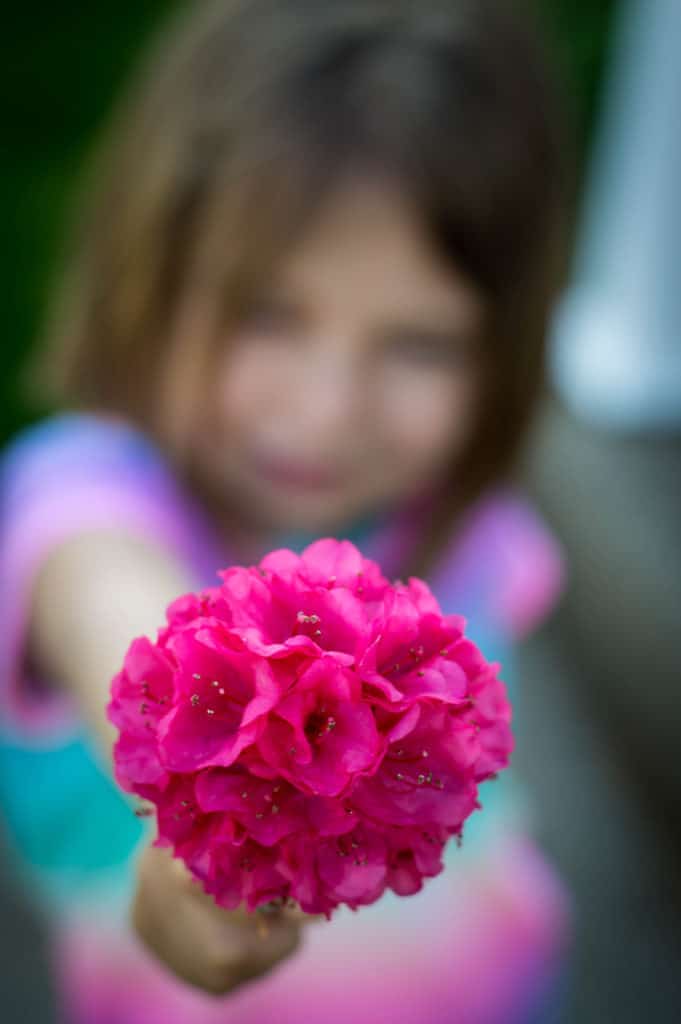
Do you have any other composition tips? I’d love to hear them in the comments below!
If you found this helpful, share it!
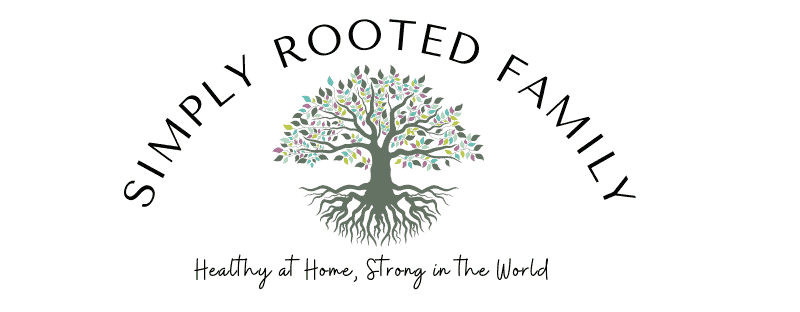


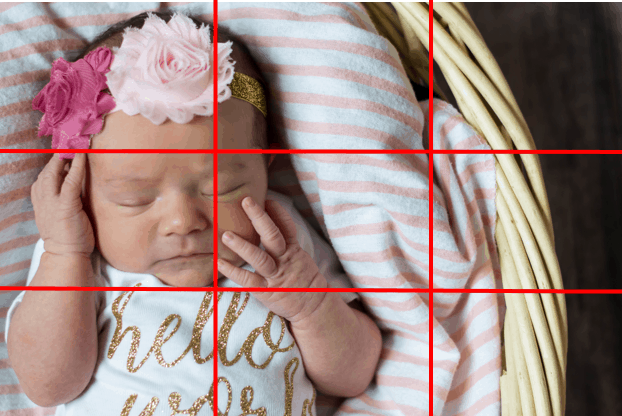



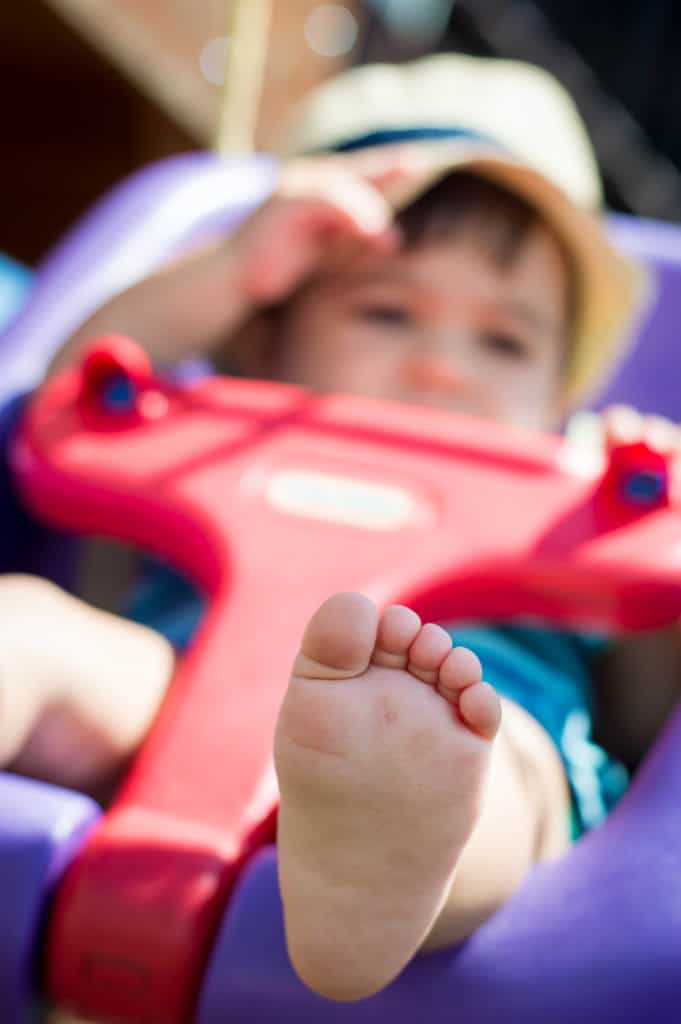
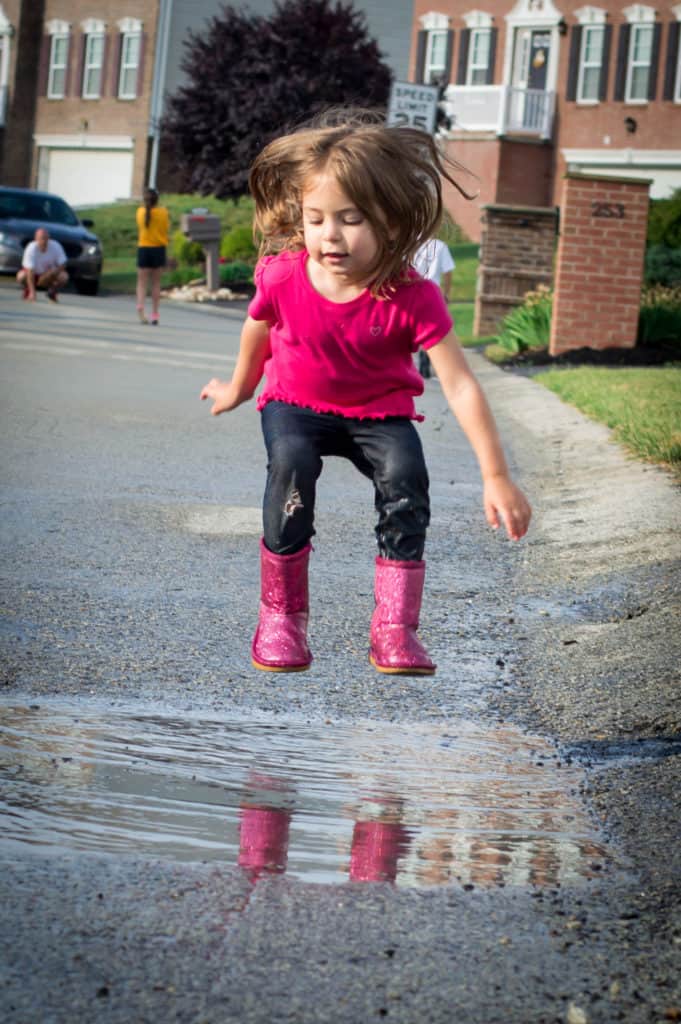
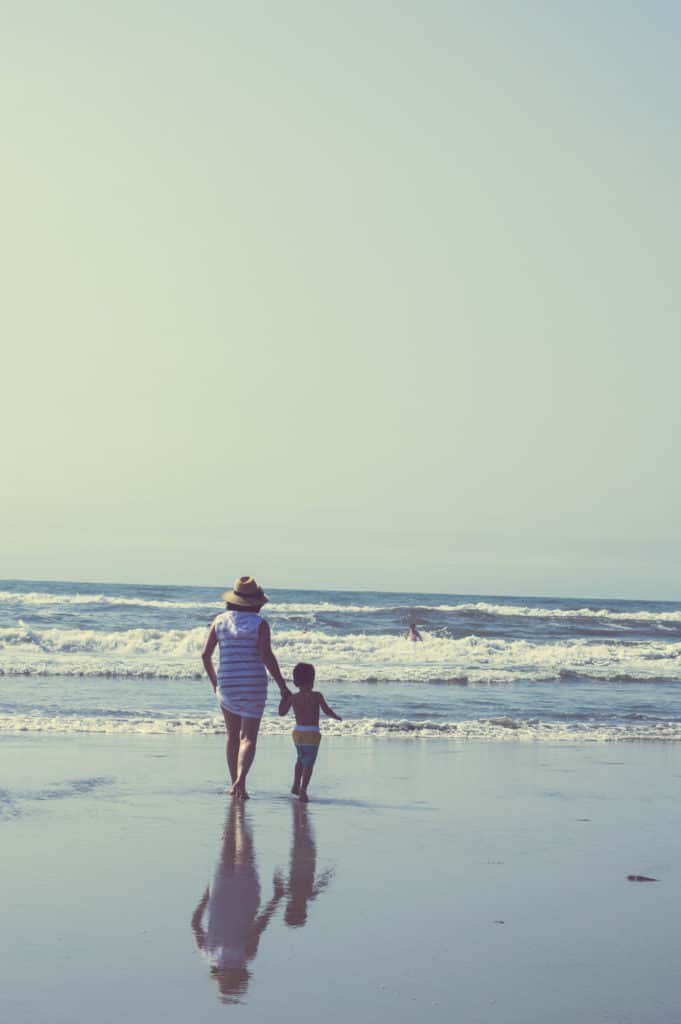

5 Easy Tips to Dramatically Improve Your Smart Phone Pictures - Simply Snapping Mom
Monday 15th of April 2019
[…] Composition is the placement of your subjects in your photograph. Paying attention to your composition is one of the easiest ways to make your pictures look professional. Here are two easy composition tips to try. To learn more about composition, check out my post here! […]
Chelsea
Friday 25th of January 2019
I love all your photography tips! They're so helpful :) Thank you for sharing. I really need to start learning more and using my camera to its abilities. I need a new lens though :( xo Chelsea | https://completelychelsea.com
thehabibihouse
Thursday 24th of January 2019
Hey there, I have a NIkon full frame camera. I was planning to buy a new 50MM today and then read your post. Just checking if you have a full frame camera? Do you use the FX lens? Trish www.habibihouse.net
admin
Thursday 24th of January 2019
You have the Nikon D610 right? The FX lens that I have linked on this post works for that camera! I checked!
georginawangui
Wednesday 23rd of January 2019
Great tips on composition, and thank you for explaining it so simply. Awesome tips and easily implementible.
Keerthana - Active Life Living
Tuesday 22nd of January 2019
These are some amazing tips. I love photography and learning something new in regards to it is always exciting. Thanks for your post.